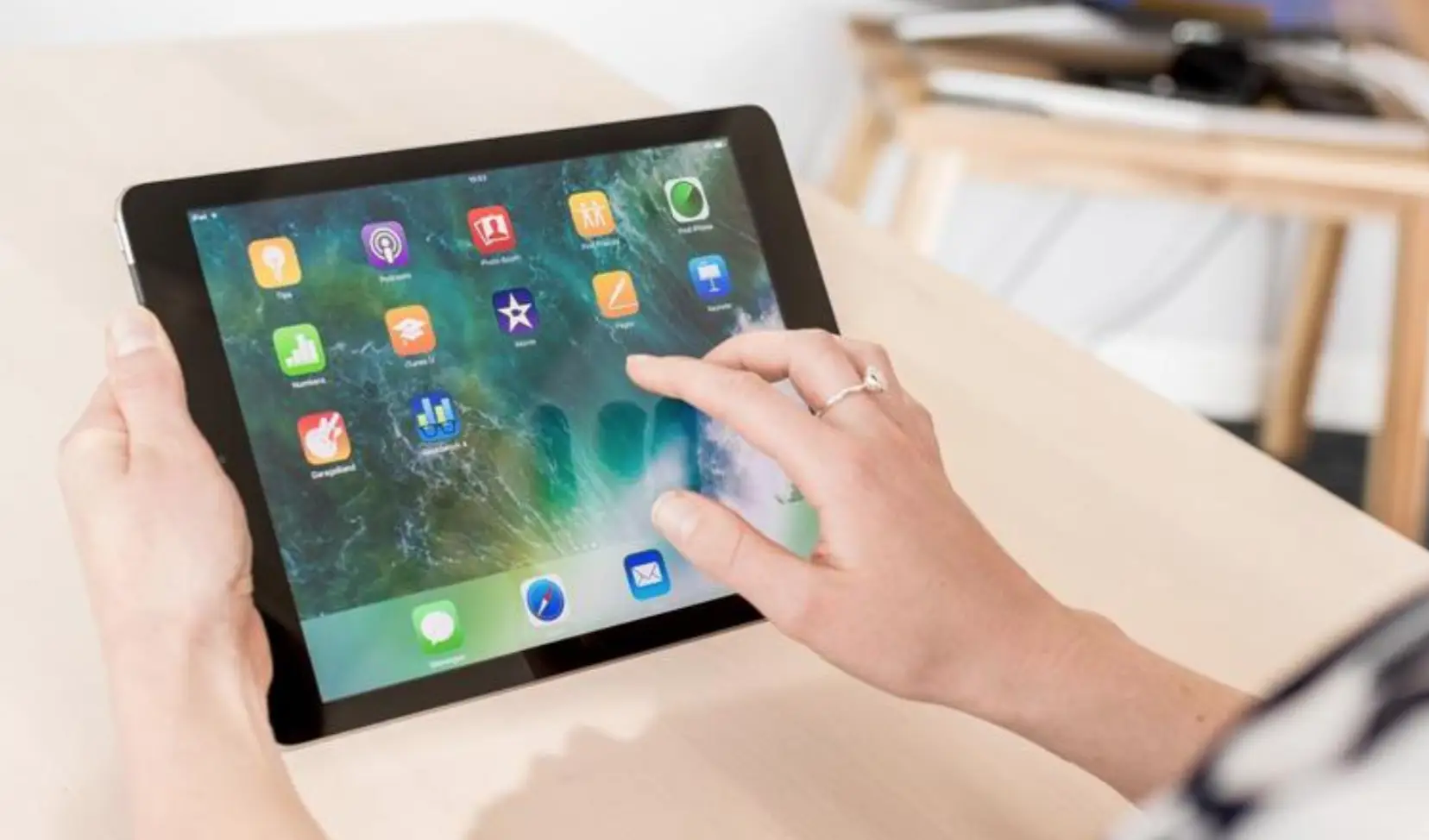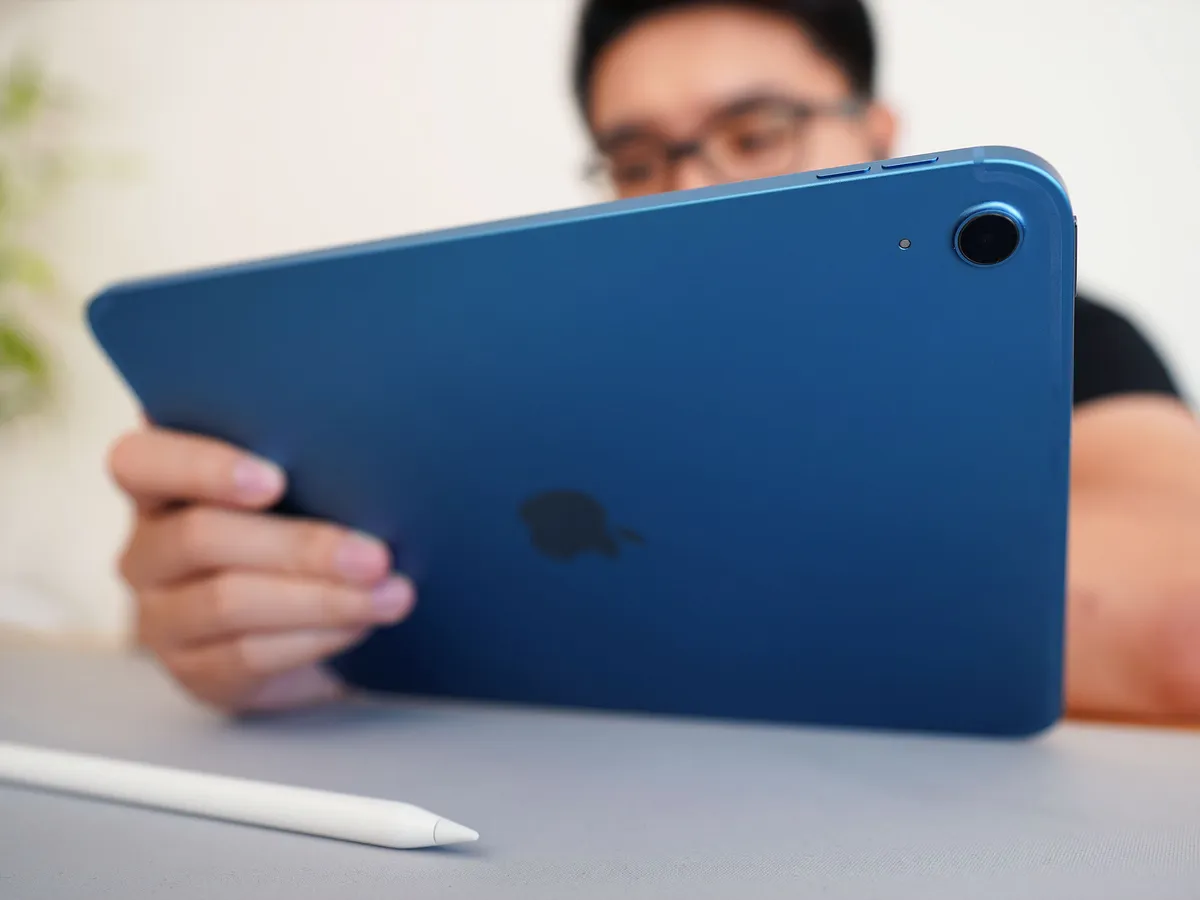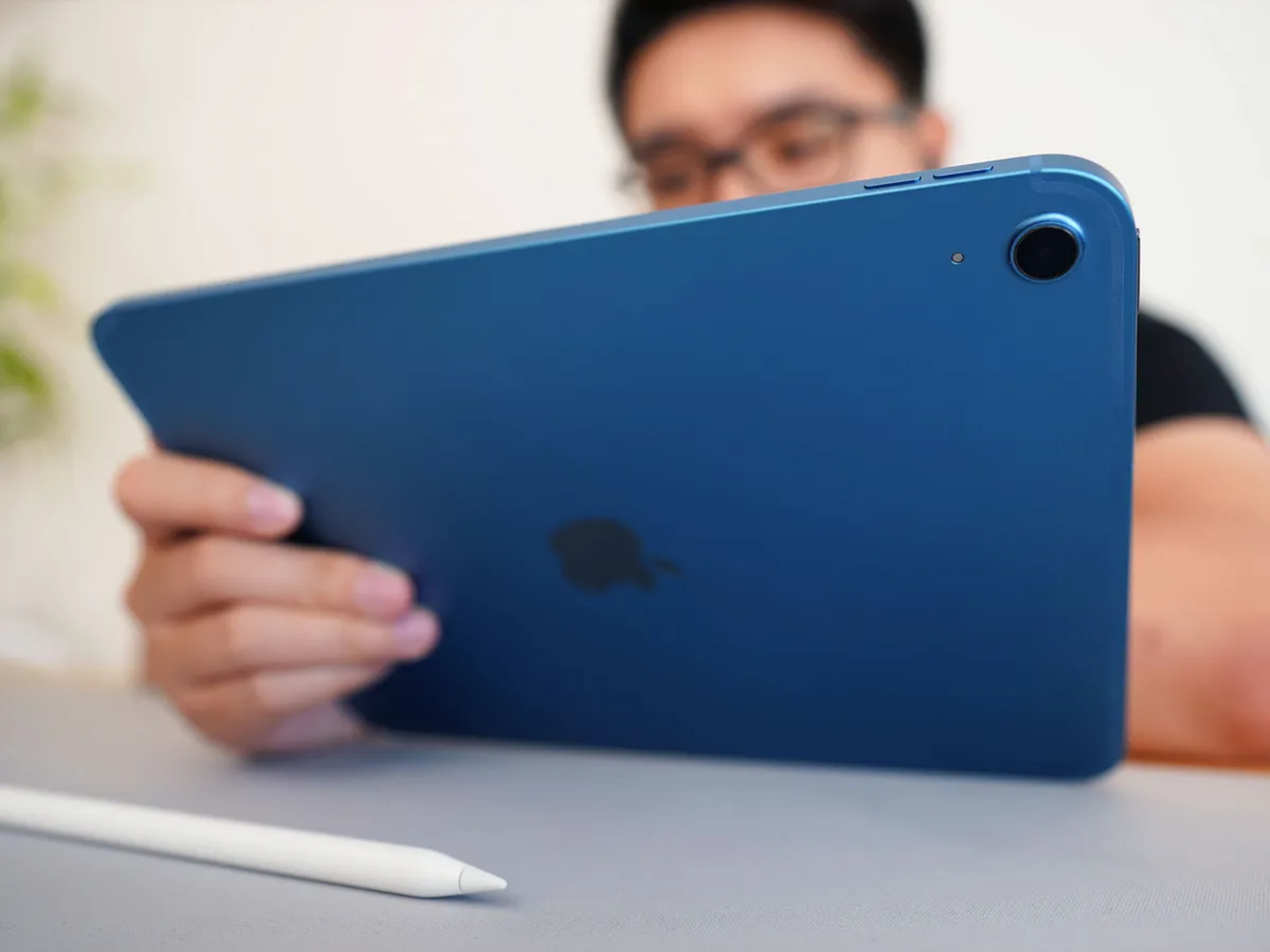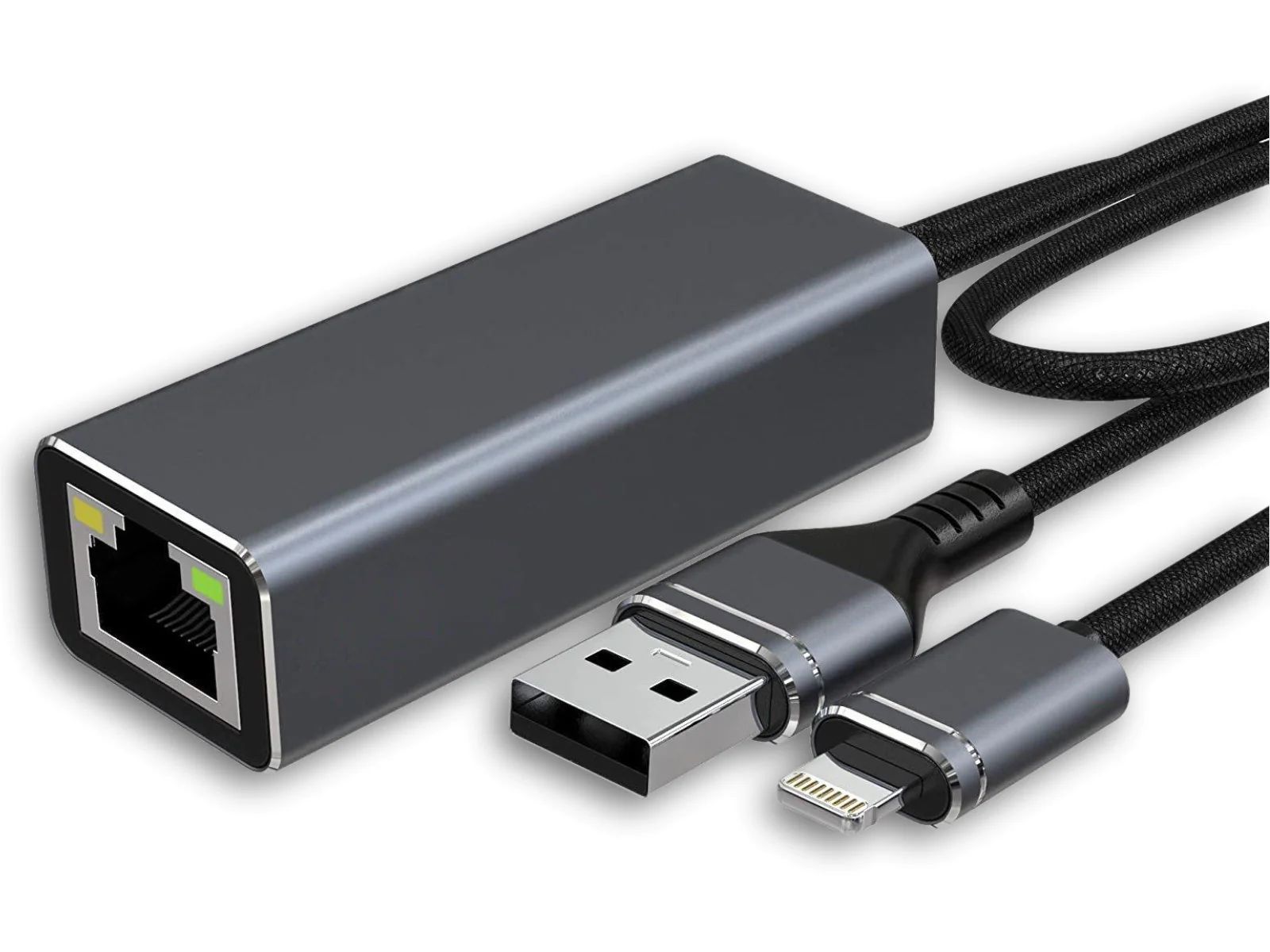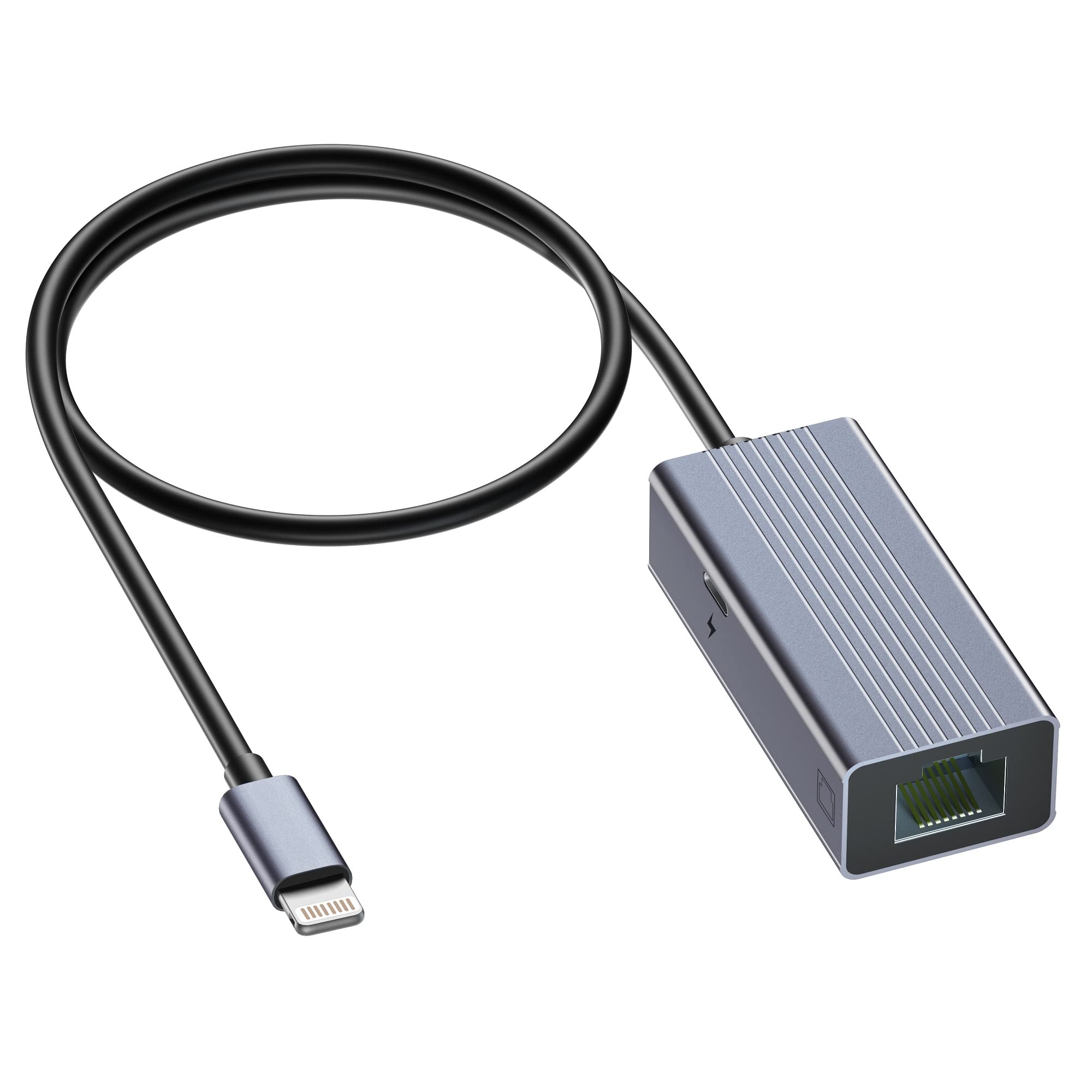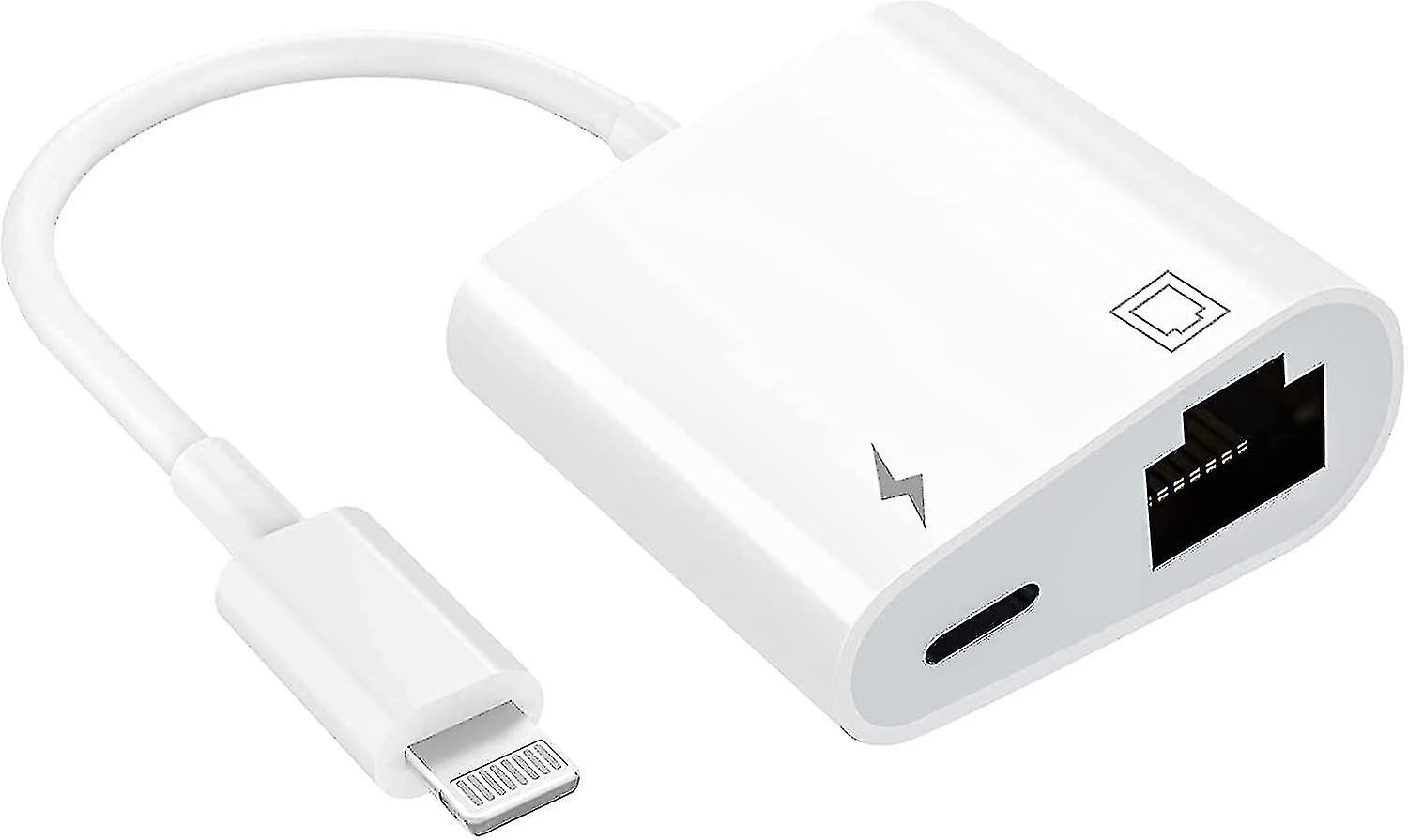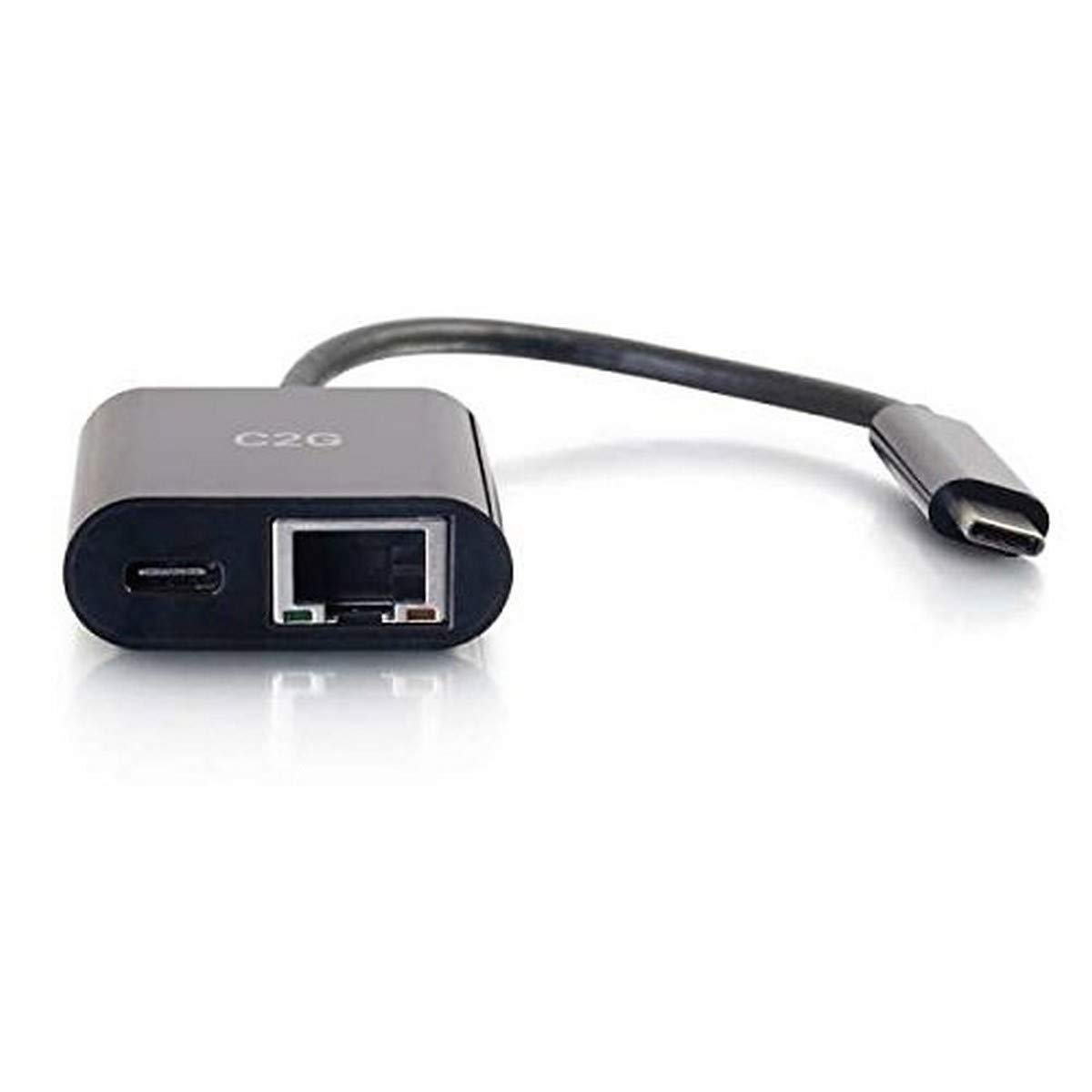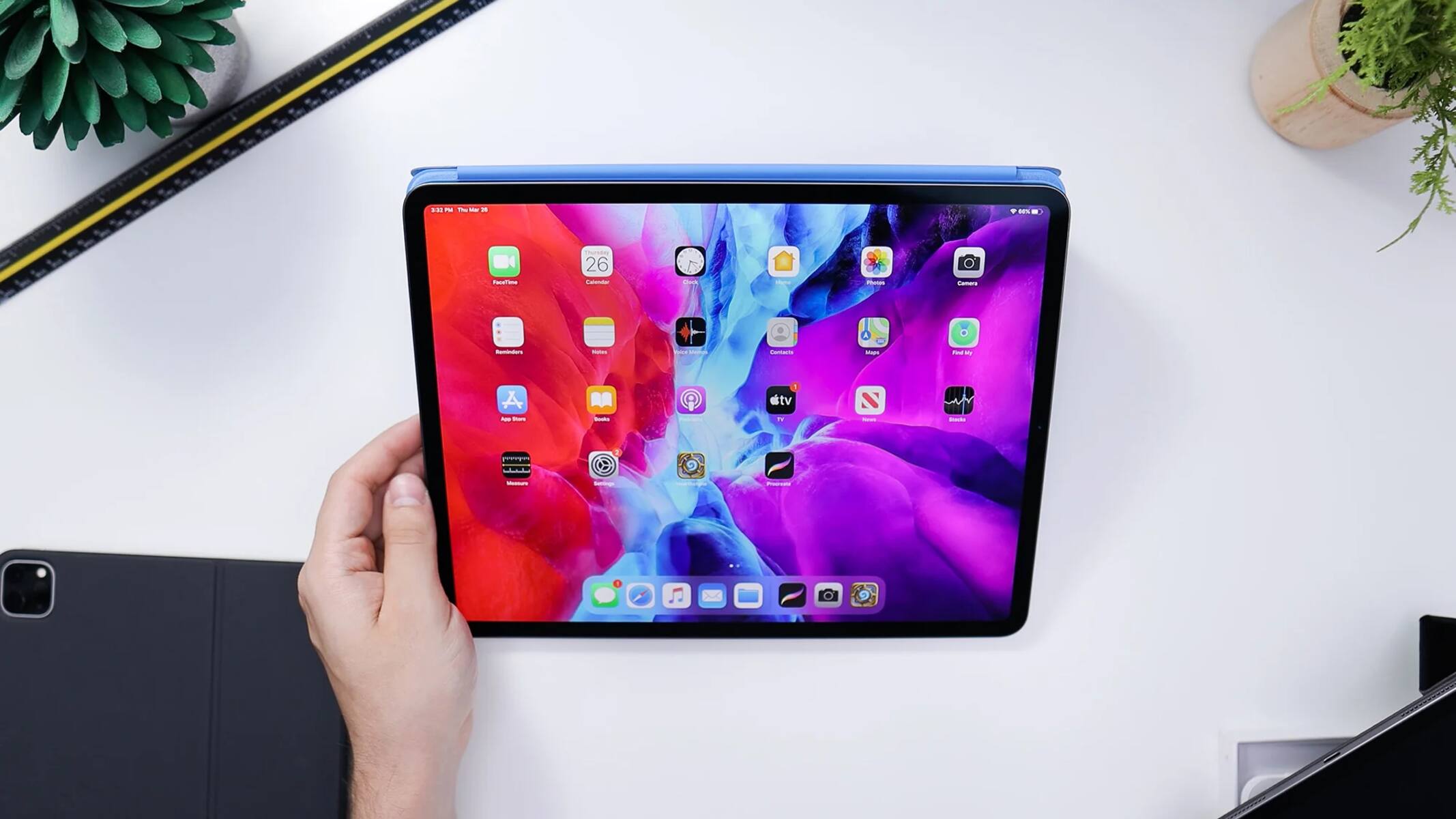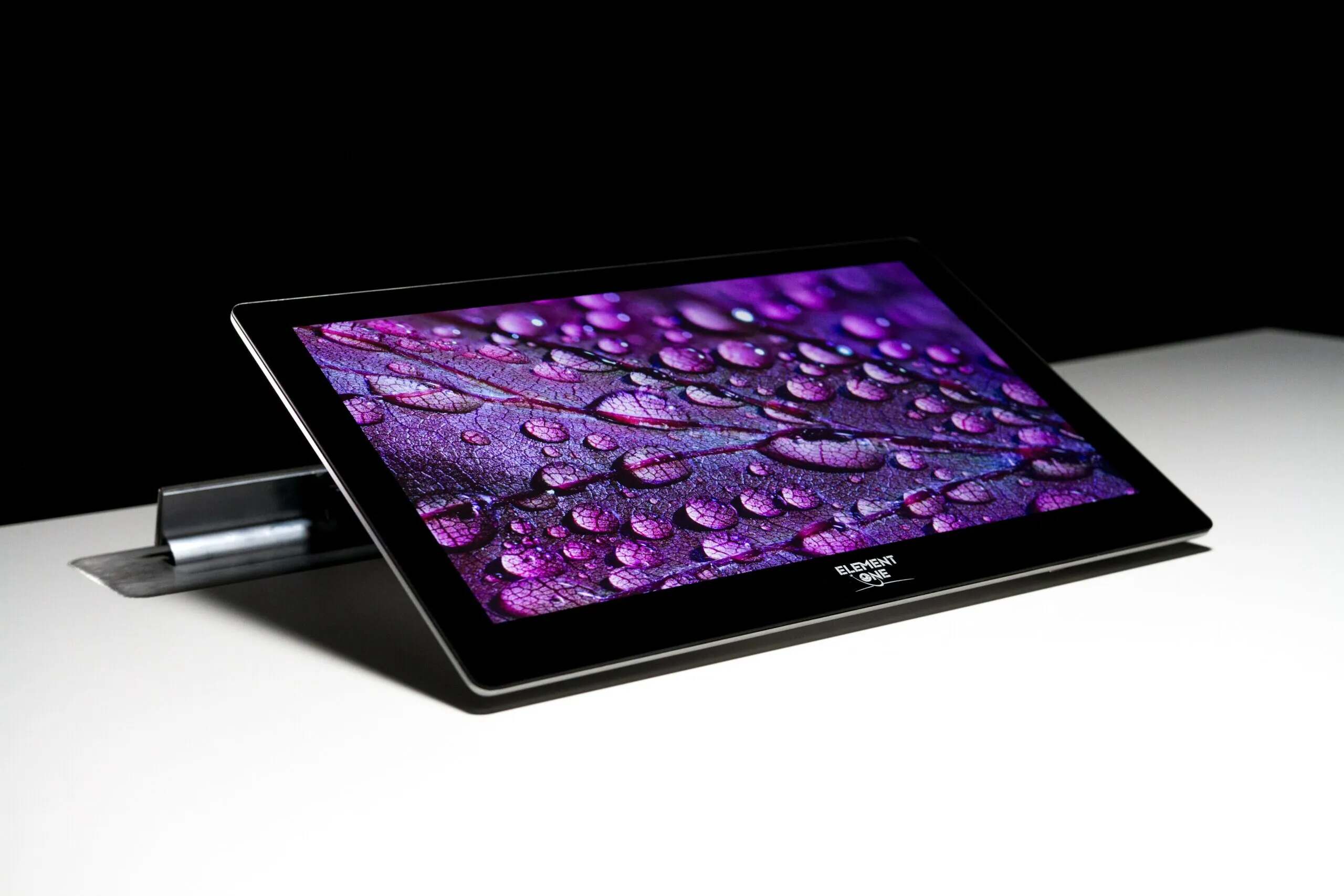Introduction
Welcome! In this digital era, staying connected to the internet has become an essential aspect of our lives. Whether it’s for work, entertainment, or simply staying connected with friends and family, having access to the internet is crucial. However, there may be times when you find yourself without a Wi-Fi connection, especially when using your iPad. But fear not! There are several alternative methods you can explore to get internet on your iPad without Wi-Fi.
In this article, we’ll explore various options that allow you to access the internet on your iPad even when there’s no Wi-Fi available. From utilizing cellular data to using personal hotspots, Bluetooth tethering, ethernet adapters, and even SIM card readers, we’ll cover a range of solutions to help you overcome any Wi-Fi limitations.
By the end of this article, you’ll have a comprehensive understanding of these alternative methods and be able to choose the best approach based on your specific circumstances and needs. So, let’s dive in and explore the different ways to get internet on your iPad without relying solely on Wi-Fi connections.
Option 1: Use Cellular Data
One of the simplest and most common ways to access the internet on your iPad without Wi-Fi is by using cellular data. If your iPad has a cellular data plan, you can take advantage of it to browse the web, stream videos, and use various online services wherever you have a cellular signal.
To enable cellular data on your iPad, go to the “Settings” app and look for the “Cellular Data” or “Mobile Data” option. Make sure it is turned on and that your iPad is connected to your cellular network. If you’re unsure whether you have a cellular data plan or need to purchase one, contact your cellular service provider for assistance.
Keep in mind that using cellular data may incur additional charges depending on your data plan. It’s essential to monitor your data usage to avoid exceeding your plan’s limits and incurring extra fees. You can view and manage your data usage in the “Settings” app under the “Cellular” or “Mobile Data” section.
While using cellular data is a convenient option, it’s important to consider the limitations. It may not be available or reliable in certain areas with poor cellular coverage. Additionally, streaming high-definition videos or downloading large files can quickly consume your data allowance. Therefore, it’s advisable to use cellular data sparingly and connect to Wi-Fi networks whenever possible to conserve your cellular data for when you truly need it.
In summary, if you have a cellular data plan for your iPad, utilizing it is a simple and straightforward way to access the internet without relying on Wi-Fi. Ensure you’re aware of any data usage limitations and consider connecting to Wi-Fi networks whenever feasible to conserve your cellular data for important tasks.
Option 2: Use a Personal Hotspot
Another excellent method to get internet on your iPad without Wi-Fi is by using a personal hotspot. This option allows you to turn your smartphone into a portable Wi-Fi hotspot, providing internet connectivity to your iPad and other devices.
To set up a personal hotspot, ensure that your smartphone has a data plan with tethering capabilities. Then, go to the settings on your phone and locate the hotspot or tethering option. Enable it and configure the settings as needed, such as setting a password for secure access.
On your iPad, open the settings app and go to the Wi-Fi section. You should see your phone’s hotspot listed under the available networks. Select it and enter the password if prompted. Once connected, your iPad will use your phone’s cellular data to access the internet.
Using a personal hotspot offers several advantages. It gives you the flexibility to connect your iPad to the internet in a variety of locations, making it especially useful when traveling. Additionally, you can connect multiple devices to the hotspot simultaneously, allowing you to share your data connection with family or colleagues.
However, it’s important to note that using a personal hotspot may consume your phone’s battery more quickly, especially if multiple devices are connected. You’ll want to monitor your battery level and, if possible, keep your phone charged while using the hotspot.
Lastly, keep in mind that using a personal hotspot may count against your phone’s data usage, depending on your data plan. Be aware of any limitations or additional charges that may apply, and use the hotspot feature responsibly to avoid exceeding your data allowance.
To sum up, using a personal hotspot is a convenient method to access the internet on your iPad without relying on Wi-Fi. It offers flexibility and the ability to connect multiple devices, making it an excellent choice for on-the-go connectivity. Just ensure that your phone has a compatible data plan and monitor your battery and data usage accordingly.
Option 3: Use a Bluetooth Tethering
If you’re unable to use Wi-Fi or cellular data, another option to get internet on your iPad is through Bluetooth tethering. Bluetooth tethering allows you to share your smartphone’s internet connection with your iPad using a Bluetooth connection.
To get started, make sure both your smartphone and iPad have Bluetooth capabilities and are paired with each other. You can usually find Bluetooth settings in the “Settings” or “Connections” menu on both devices. Enable Bluetooth on both devices and pair them by following the on-screen prompts.
Next, on your smartphone, enable Bluetooth tethering. This option might be located under the “Mobile Hotspot” or “Personal Hotspot” settings. Once enabled, your smartphone will begin broadcasting a Bluetooth signal that your iPad can connect to.
On your iPad, go to the “Settings” app and tap “Bluetooth”. Look for your smartphone’s name under the available devices and tap on it to connect. Once connected, your iPad will be able to use your smartphone’s internet connection via Bluetooth.
It’s important to note that Bluetooth tethering may not be as fast or reliable as Wi-Fi or cellular data connections. It is best suited for basic internet browsing, email, and light app usage. Streaming videos or downloading large files may not perform optimally through Bluetooth tethering.
Furthermore, Bluetooth tethering may drain the battery of both your smartphone and iPad more quickly. It’s advisable to keep both devices plugged into a power source during extended internet use to avoid running out of battery.
In summary, Bluetooth tethering provides a viable option to get internet on your iPad without relying on Wi-Fi or cellular data connections. It’s convenient for basic internet activities and requires Bluetooth compatibility between your devices. However, keep in mind its limitations in terms of speed and battery consumption, and adjust your usage accordingly.
Option 4: Use an Ethernet Adapter
If Wi-Fi and cellular data are not available options, you can still connect your iPad to the internet using an Ethernet adapter. This method allows you to establish a wired connection to a modem or router, bypassing the need for Wi-Fi altogether.
To use an Ethernet adapter, you’ll need to purchase a Lightning to Ethernet adapter specifically designed for your iPad model. These adapters typically have an Ethernet port on one end and a Lightning connector on the other. Plug the Lightning connector into your iPad’s charging port.
Next, connect the Ethernet cable from your modem or router to the Ethernet port on the adapter. Ensure that the Ethernet cable is securely connected on both ends.
Once connected, your iPad should automatically detect the Ethernet connection and configure the network settings accordingly. If required, you may need to enter any necessary network credentials, such as a username and password, to establish the connection.
Using an Ethernet adapter provides a stable and reliable internet connection for your iPad. It eliminates the potential interference and signal limitations associated with Wi-Fi and ensures a consistent browsing experience.
However, it’s important to note that using an Ethernet adapter limits your mobility as you need to remain connected via the cable. Additionally, it may not be as convenient for on-the-go usage or in situations where you need to connect to networks outside your home or office.
In summary, if you have access to a modem or router with an available Ethernet port, using an Ethernet adapter can be an effective way to get internet on your iPad without relying on Wi-Fi. It offers stability and eliminates wireless connectivity issues. Just remember that it limits your mobility and may not be suitable for every situation.
Option 5: Use a Wi-Fi Extender with a LAN Port
If you’re looking for an alternative to Wi-Fi and want to extend your internet connection to your iPad, using a Wi-Fi extender with a LAN port can be a viable solution. A Wi-Fi extender, also known as a range extender or repeater, amplifies your existing Wi-Fi signal and extends it to areas with limited coverage.
To utilize this option, you’ll need a Wi-Fi extender that features a LAN port. These LAN ports allow you to connect your iPad directly to the extender using an Ethernet cable, thus providing a reliable internet connection.
First, plug the Wi-Fi extender into an electrical outlet within the range of your existing Wi-Fi network. Follow the manufacturer’s instructions to configure and pair the extender with your Wi-Fi network.
Once the extender is set up, connect your iPad to the extender’s Wi-Fi network. You can typically find the network name (SSID) and password on the extender itself or in the user manual. Once connected, your iPad will have access to the extended Wi-Fi network.
To establish a more stable and faster connection, locate the LAN port on the Wi-Fi extender and connect one end of an Ethernet cable to it. Plug the other end of the Ethernet cable into your iPad’s Lightning to Ethernet adapter.
Using a Wi-Fi extender with a LAN port allows you to take advantage of a stronger Wi-Fi signal and the reliability of a wired connection. It’s particularly useful in areas where the Wi-Fi signal is weak or unreliable.
However, keep in mind that this option still requires a Wi-Fi connection in the vicinity, as the extender amplifies and extends your existing network. Additionally, you may need to position the extender strategically to ensure optimal signal strength for your iPad.
In summary, if you have a weak or unreliable Wi-Fi signal and want to establish a stable connection with your iPad, using a Wi-Fi extender with a LAN port can be a solution. It combines the benefits of extended Wi-Fi coverage with the reliability of a wired connection. Just remember that a Wi-Fi network is still required, and proper placement of the extender is essential for optimal performance.
Option 6: Use a SIM Card Reader
If your iPad has a SIM card slot but lacks cellular data capabilities, you can still get internet access by using a SIM card reader. A SIM card reader allows you to insert a SIM card with an active data plan and use it to establish an internet connection on your iPad.
To begin, obtain a SIM card reader that is compatible with your iPad’s SIM card slot. These readers are readily available online and at electronics stores. Ensure that the reader you choose is compatible with the type of SIM card you have, such as nano-SIM or micro-SIM.
Insert your active SIM card into the reader and connect it to your iPad’s charging port or Lightning connector, depending on the reader’s design. Ensure that the card is inserted correctly and securely.
Once connected, your iPad should recognize the SIM card and establish a data connection with the cellular network associated with the SIM card. You may need to configure the internet settings or enter any necessary APN (Access Point Name) details as provided by your cellular service provider.
Using a SIM card reader allows you to harness the power of a cellular data connection without having a built-in cellular data capability in your iPad. You can now browse the internet, stream videos, and use online services wherever you have a cellular signal.
It’s important to note that using a SIM card reader requires an active data plan and a compatible SIM card. Ensure that your SIM card is activated and has sufficient data allowance to avoid any interruption in your internet access.
Additionally, keep in mind that using a SIM card reader can be a temporary solution and may not provide the same convenience and portability as built-in cellular data capabilities. If you frequently require internet access on the go, consider upgrading to a cellular-enabled iPad in the future.
In summary, using a SIM card reader enables you to utilize an active SIM card with a data plan to get internet access on your iPad. It’s a great solution if your iPad doesn’t have built-in cellular capabilities. Just ensure that you have a compatible SIM card and an active data plan to enjoy uninterrupted internet connectivity.
Conclusion
In today’s increasingly connected world, having internet access on your iPad is essential. While Wi-Fi is the most common method for connecting to the internet, there are various alternative options available when Wi-Fi is not available or reliable. We have explored six different methods to get internet on your iPad without relying solely on Wi-Fi connections.
Using cellular data, a personal hotspot, Bluetooth tethering, an Ethernet adapter, a Wi-Fi extender with a LAN port, or a SIM card reader, you can overcome Wi-Fi limitations and stay connected wherever you go. Each method has its own advantages, allowing you to choose the option that suits your specific circumstances and needs.
If you have a cellular data plan, utilizing cellular data is a simple and straightforward option. Personal hotspots and Bluetooth tethering offer the flexibility of using your smartphone’s internet connection. Ethernet adapters provide a reliable wired connection, while Wi-Fi extenders with LAN ports combine extended Wi-Fi coverage and wired connectivity. SIM card readers enable you to use an active SIM card with a data plan for internet access.
As you explore these alternative options, it’s important to consider factors such as data usage limitations, battery consumption, and connection stability. Moreover, always ensure that you’re aware of any additional charges or fees that may apply when using these methods.
Remember, while these alternative methods provide solutions for getting internet on your iPad without Wi-Fi, it’s still beneficial to connect to Wi-Fi networks whenever possible to conserve your cellular data and ensure faster speeds. Evaluating your specific needs and circumstances will help you determine the most suitable method for accessing the internet on your iPad.
In conclusion, with the variety of options available, you can stay connected to the internet on your iPad regardless of Wi-Fi availability. Explore these alternative methods and enjoy seamless internet access wherever you are.







